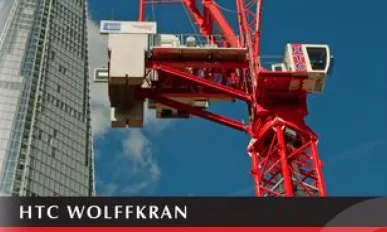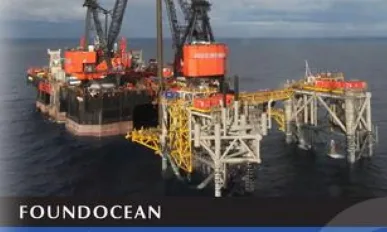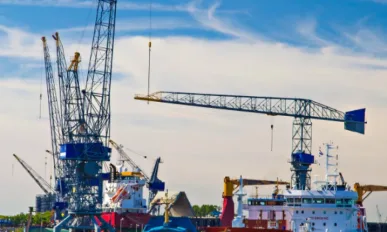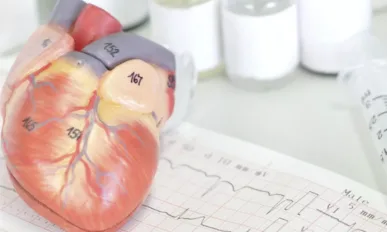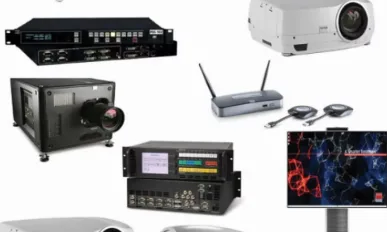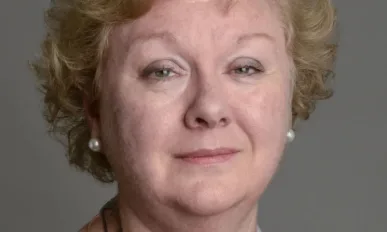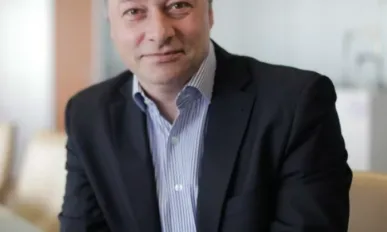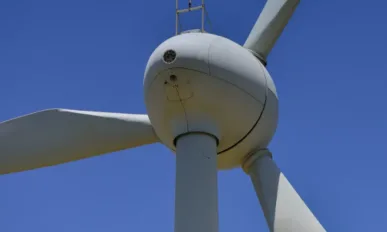Issue 7
Ferrobeton ZRT : Strengthening Business
Ferrobeton, a pioneer of high quality prefabrication solutions, has emerged with aN aptitude for construction and infrastructure projects.
HTC Wolffkran : Leading the Pack
For 40 years, the UK’s HTC Plant Ltd and Germany’s WOLFFKRAN have partnered in Europe, and now the two global heavyweights are one.
FoundOcean : The Forefront of Offshore Change
The world’s largest subsea grouting company FoundOcean has diversified into structural grouting for offshore renewables.
Opus Offshore : Simple is Best
Opus Offshore is complementing its strengths as a young, dynamic industry player in a prime position within the cyclic oil & gas sector.
European SMEs Miss Out on Exporting Benefits
The majority of SMEs across European markets are missing out on the benefits of exporting according to the new European SME Export Report.
North American and European Businesses Waste £855m Annually on Connectivity
International business travellers from North America and Europe are overspending by at least £855 million on connectivity charges annually.
Venrex Hosts New Fundraiser on Seedrs
Seedrs has announced that venture capital firm Venrex has chosen to host its new £1 million fundraising on Seedrs.
Small Animal Imaging an Important Tool in Medical Research
Small animal imaging is an efficient and cost-effective research platform for the validation and commercialisation of novel drug agents.
Barco Shares its Visualisation Solutions with India
Over the course of a two-day event, Barco offered its local business partners a series of workshops and hands-on product demos.
Golder Associates Appoints New Managing Director
Consulting and engineering firm Golder Associates has announced Dr Elisabeth Culbard as its new Managing Director in the UK and Ireland.
Pirelli Announced as a Leading Force in Sustainability
A recent study has awarded Pirelli 99.60 points (out of a maximum of 100) in the Environmental Sustainability category.
Manufacturing Innovation Pays Off Within One Week
Leading UK-based pressworker Brandauer has invested more than £250,000 into a new Special Products Division (SPD).
Smart Thermostats to Take off in the Next Five Years
The smart thermostats market is set to boom, driven by the 2020 targets on climate change and mandatory energy efficiency certification.
Benoit Gruber: Top Tips for Cross-Continent Business
Benoit Gruber, Vice President of Corporate Communications, Sage Enterprise Market & Sage X3 offers his top tips for cross-continent business.
Improving Efficiency and Cost-Effectiveness of Wind Power
We explore the different ways the renewable energy industry can change to ensure the improvement and cost-effectiveness of wind power.




